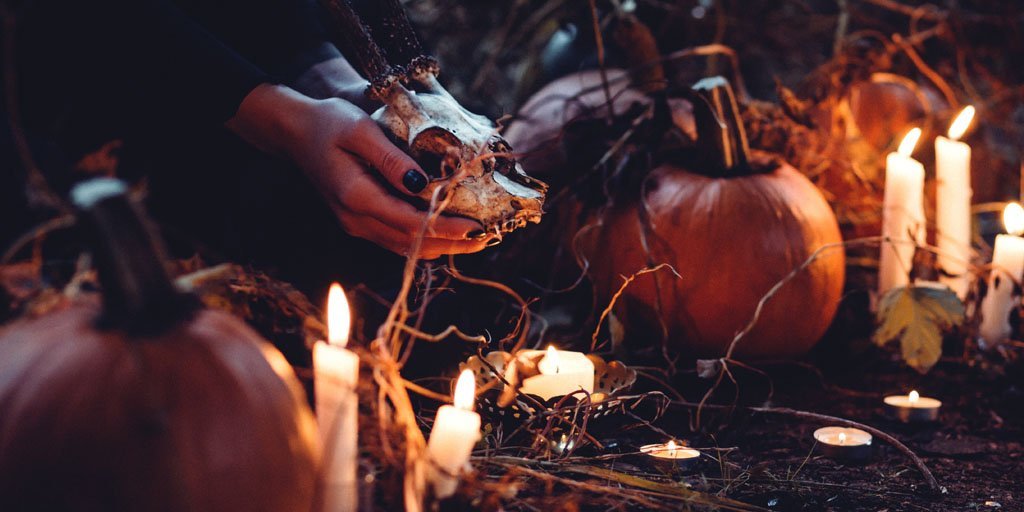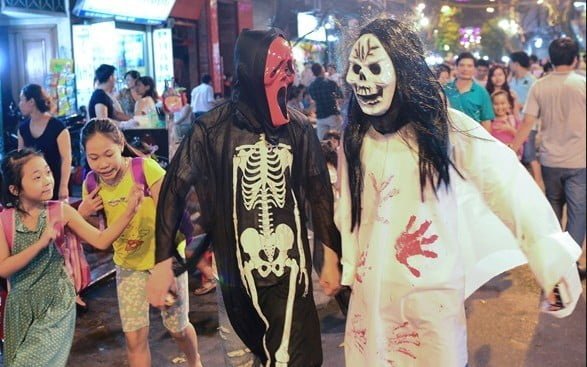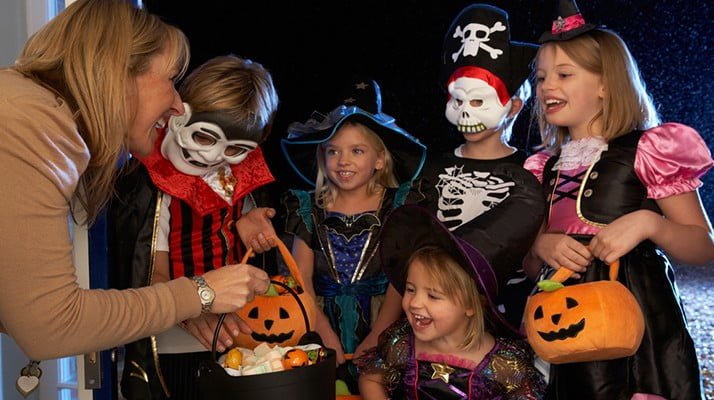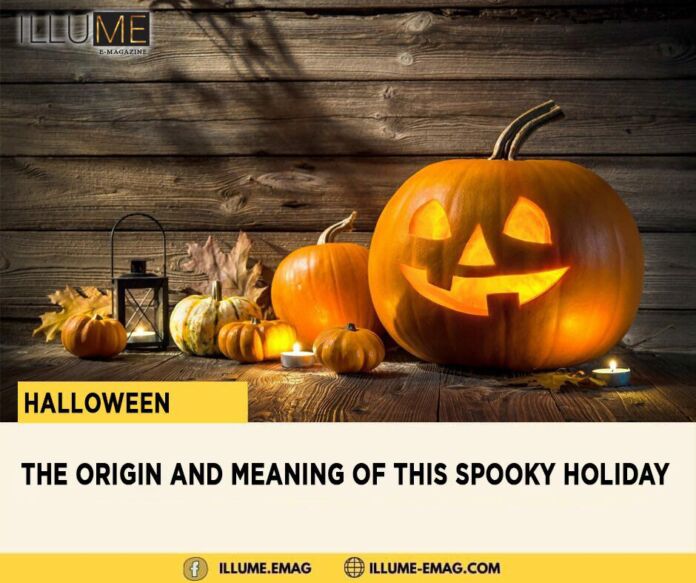In Western countries such as the United Kingdom (UK), Ireland, Scotland, the United States of America, and several European countries, Halloween is celebrated on October 31 every year, commemorating the eve of All Saints Day.
The day is characterized by spooky festivities and is widely celebrated across the world. On Halloween, people dress up as ghosts, witches, zombies, fictional characters, and so on, and organize parades, parties, and gatherings.
Every October, many families are restlessly shopping for decorations for the continuous holidays that span from October till mid-January of the following year. Halloween event comes the closest. Some eastern states in the United States, such as Ohio, Maryland, Delaware, Pennsylvania, New Jersey, New York, etc. have pumpkin gardens or pumpkin patches. It’s also pumpkin harvest season around this time. Visitors can come to these pumpkin patches to pick up their liking pumpkins.

Why is Halloween celebrated on October 31st?
It was commonly believed in countries such as the United Kingdom and Ireland that supernatural entities — or the dead — could visit Earth on the eve of All Saint’s Day every year. The Celtics, a group of tribes from Central Europe, share similar beliefs. They marked October 31 as the eve of New Year’s celebrations, believing that the borders between the living and the dead blurred on that day. With a festival called ‘Soin’, October 31 also commemorated the end of the Celtic harvest season.
In the early days, agrarian villagers gathered, lit bonfires, and made merry in order to drive the dead back to the spirit realm and keep them away from the living. As the Catholic Church’s influence in Europe grew, it opposed Pagan rituals such like Soin.
Later, in the 7th century, the Vatican began to merge it with a church-sanctioned holiday.

The meaning of Halloween
According to folklore, once upon a time, there was a lad named Jack. He is a stingy, miserly person who only knows how to save money and never shares it with the poor. He also often taunts the devil, even daring to deceive Satan by imprisoning it in a tree he carved with a cross symbol.
Because of his many sins, Jack was not able to go to heaven or hell once he died. As a result, Jack has to wander aimlessly in search of a place to stay. Jack strolled, holding a pumpkin with a candle inside to keep the winter chill at bay.
Moral of the story:
We can learn many life lessons from Jack’s outcome, such as we should not be too stingy, and we should be compassionate to people in need. Furthermore, people should avoid associating with the devil, which can be defined as bad habits that bring harm to others and subsequently result in a terrible ending for themselves.
On Halloween, why do people dress up as ghosts?
It is a Celtic tradition to dress up as supernatural entities. The reasoning is that people dress up in frightening costumes to avoid being recognized by evil spirits on Halloween. The Celtics would wear scary masks to avoid encounters with the dead.

What is trick and treating?
Trick or treating began in the second half of the 1930s when Americans were inspired by how the Irish and English celebrated Halloween. Trick or treating includes walking door-to-door in spooky costumes, asking for food or money. The term “trick or treat” is believed to have originated from the idea that by treating kids with candies, families could avoid being tricked.

It was believed that the ghost may appear in people’s houses as a beggar seeking food or money (treat) and that if you refused, you would face the wrath of the spirit. Another myth is that if you dress yourself like a ghost, the ghosts will be tricked into thinking you are one of them and will not harm you.
The lighting of “jack-o-lanterns,” which people nowadays carve on pumpkins, is a well-known cultural aspect of Halloween. According to folklore, during Halloween, the Celts used potatoes or turnips to create makeshift lanterns in their homes to welcome good spirits.
The festival has set precedence in nearly every part of the world. It is widely celebrated in several Asian countries, including China, Japan, and India.

